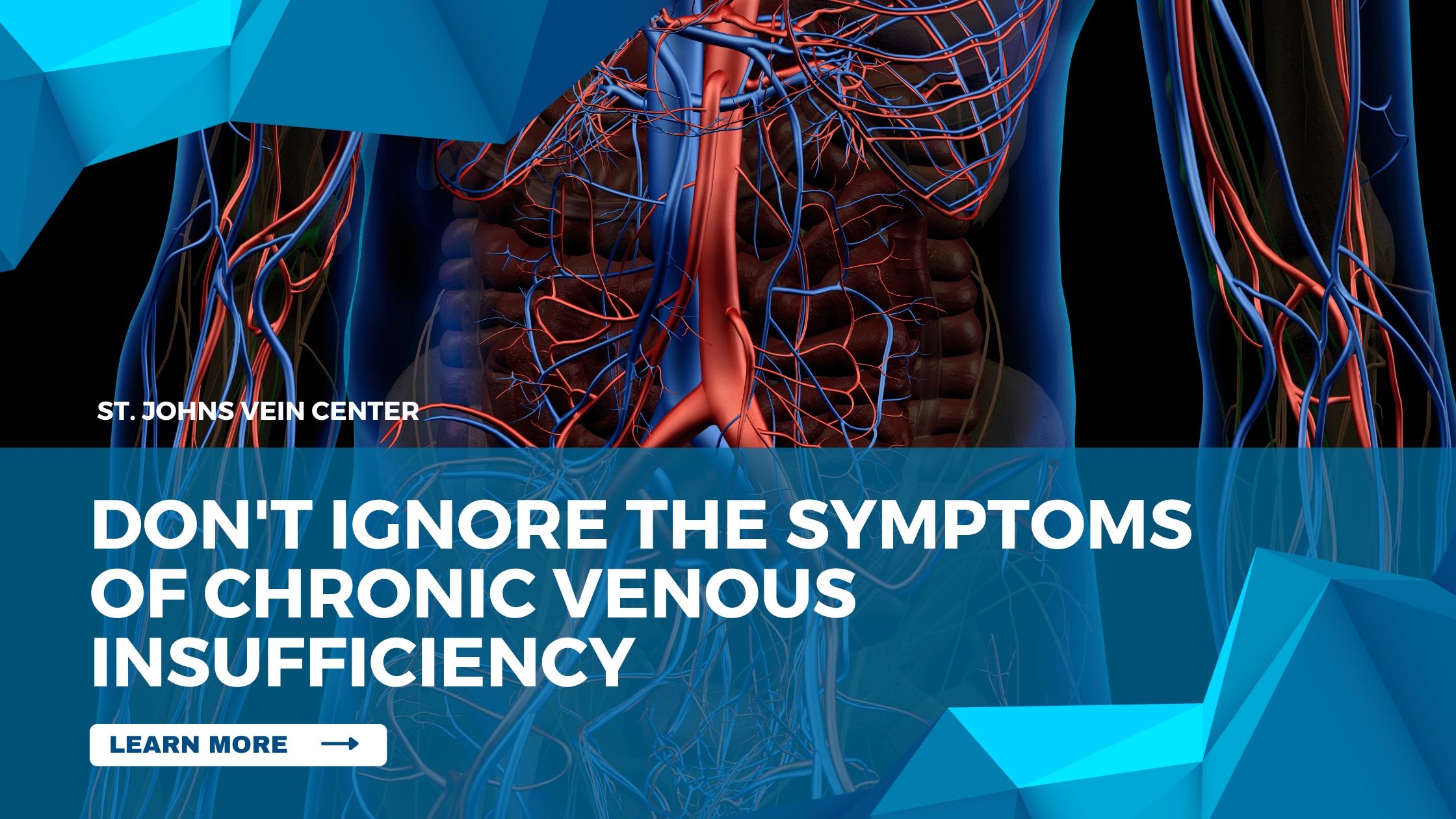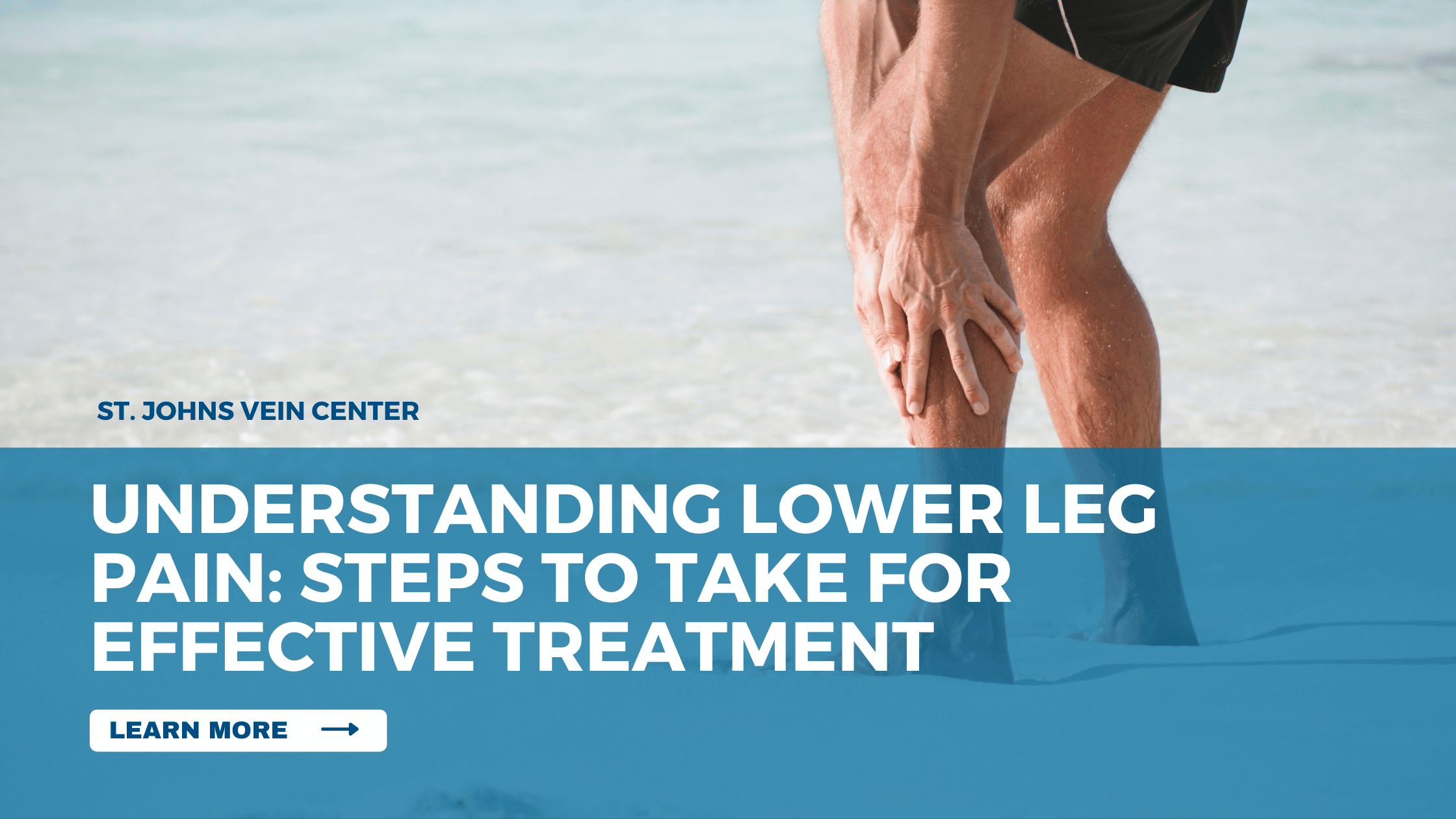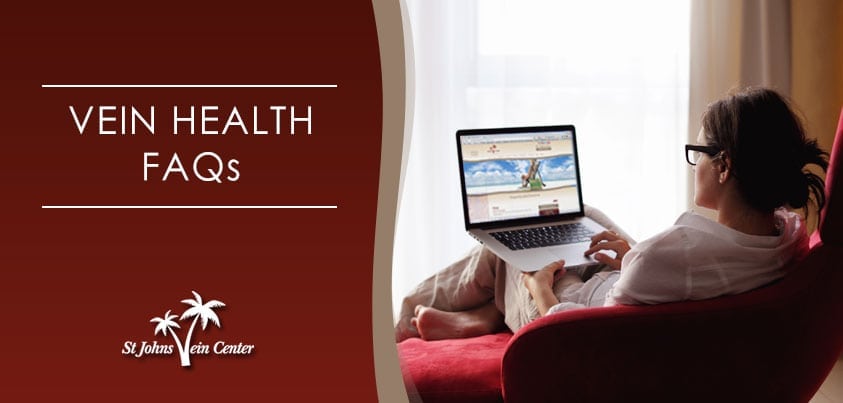Chronic venous insufficiency is a condition that affects millions of people around the world, and yet it often goes unrecognized. In this article, we’ll discuss what chronic venous insufficiency is, what its symptoms are, and why it’s important to seek medical help if you think you may be suffering from it. Let’s get started!
Introduction to Chronic Venous Insufficiency
If you are experiencing any of the below symptoms, you may be suffering from chronic venous insufficiency (CVI):
-Swelling in your feet and ankles
-Achy or heavy feeling in your legs
-Itching or burning sensation in your legs
-Cramping or restless legs
-Open sores or wounds on your legs that are slow to heal
-Discoloration of the skin on your legs
If you have any of these symptoms, it is important to consult with a doctor as CVI can lead to more serious health complications if left untreated. CVI occurs when the valves in your veins that normally keep blood flowing in one direction become damaged or weakened. This causes blood to pool in your veins and puts extra pressure on the walls of the veins, which can cause them to weaken and bulge (varicose veins). In severe cases, CVI can lead to ulcers or skin breakdown.
If you think you may be suffering from CVI, schedule an appointment with your doctor. They will likely perform a physical exam and order some tests, such as an ultrasound, to confirm the diagnosis. Once CVI is diagnosed, there are treatments available that can help relieve symptoms and improve blood flow.
Causes of CVI
While Chronic Venous Insufficiency (CVI) can be caused by a number of things, the most common cause is damage to the valves in your veins. When these valves are damaged, they cannot close properly, which allows blood to flow backwards and pool in your legs. This can lead to a number of problems, including:
- Swelling: When blood pools in your legs, it can cause swelling. This is often worse at the end of the day or after standing for long periods of time.
- Pain: The increased pressure in your veins can cause pain in your legs. This pain is often described as achiness or cramping and is usually worse at night.
- Ulcers: When blood flow is impaired, it can lead to tissue death. This can cause open sores or ulcers on the skin of your legs or feet.
Symptoms of CVI
There are a number of symptoms that are associated with chronic venous insufficiency (CVI). These can include:
-Swollen legs and/or ankles
-Pain in the legs, especially when standing or sitting for long periods of time
-Cramping in the legs
-Skin changes, including redness, discoloration, and ulcers
-Varicose veins
If you are experiencing any of these symptoms, it is important to see a doctor as soon as possible. CVI can lead to more serious complications if it is not treated properly.
Complications Associated with CVI
There are many potential complications associated with chronic venous insufficiency (CVI). If left untreated, CVI can lead to serious health problems, including:
- Skin ulcers or sores: When blood flow is impaired, it can cause skin tissue to break down, leading to ulcers or sores. Ulcers are a common complication of CVI, and they can be very painful. If you have an ulcer, it is important to see a doctor so that it can be properly treated.
- Phlebitis: This is inflammation of a vein, and it can be a very painful condition. Phlebitis often occurs in the legs, but it can occur anywhere in the body. If you have phlebitis, you should see a doctor so that it can be properly treated.
- Blood clots: When blood flow is impaired, blood clots can form. Blood clots can be very dangerous, and they can cause serious health problems if they travel to other parts of the body. If you have a blood clot, you should see a doctor so that it can be properly treated.
- Varicose veins: These are enlarged veins that often occur in the legs. Varicose veins can be painful and unsightly. If you have varicose veins, you should see a doctor so that they can be properly treated.
Diagnosis and Treatment Options for CVI
If you are experiencing any of the symptoms of chronic venous insufficiency, it is important to see a doctor right away. CVI can often be diagnosed with a physical examination and medical history. Your doctor may also order tests, such as an ultrasound, to confirm the diagnosis.
Once CVI is diagnosed, there are several treatment options available. Treatment typically involves lifestyle changes and wearing compression stockings. In some cases, your doctor may also recommend surgery to improve blood flow in your veins.
Prevention Tips for Avoiding CVI
There are a few prevention tips you can follow to help avoid chronic venous insufficiency:
-Wear compression stockings: Compression stockings help to improve blood flow and prevent pooling in the legs. They are especially helpful for people who stand or sit for long periods of time.
-Exercise regularly: Exercise helps to promote good blood circulation and can be helpful in preventing CVI.
-Elevate your legs: Elevating your legs above heart level for a few minutes each day can help reduce swelling and discomfort.
-Maintain a healthy weight: Being overweight or obese can put extra strain on your veins, so maintaining a healthy weight is important.
-Avoid prolonged sitting or standing: If you have to sit or stand for long periods of time, take breaks often to move around and stretch your legs.
Conclusion
Ignoring the symptoms of Chronic Venous Insufficiency will only worsen your condition and can lead to serious medical issues if left untreated. If you think that you may be suffering from Chronic Venous Insufficiency, it is important to consult a doctor right away so that they can recommend the appropriate treatment for your specific case. With early detection and proper care, many people have been able to manage their symptoms while living normal lives without fear of any long-term complications arising.




